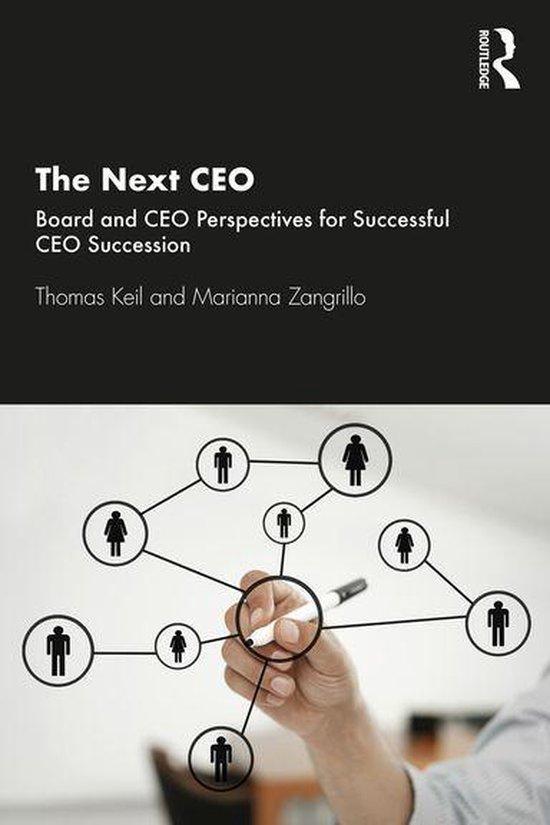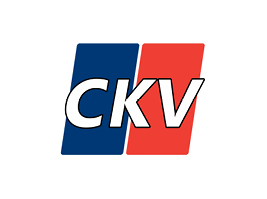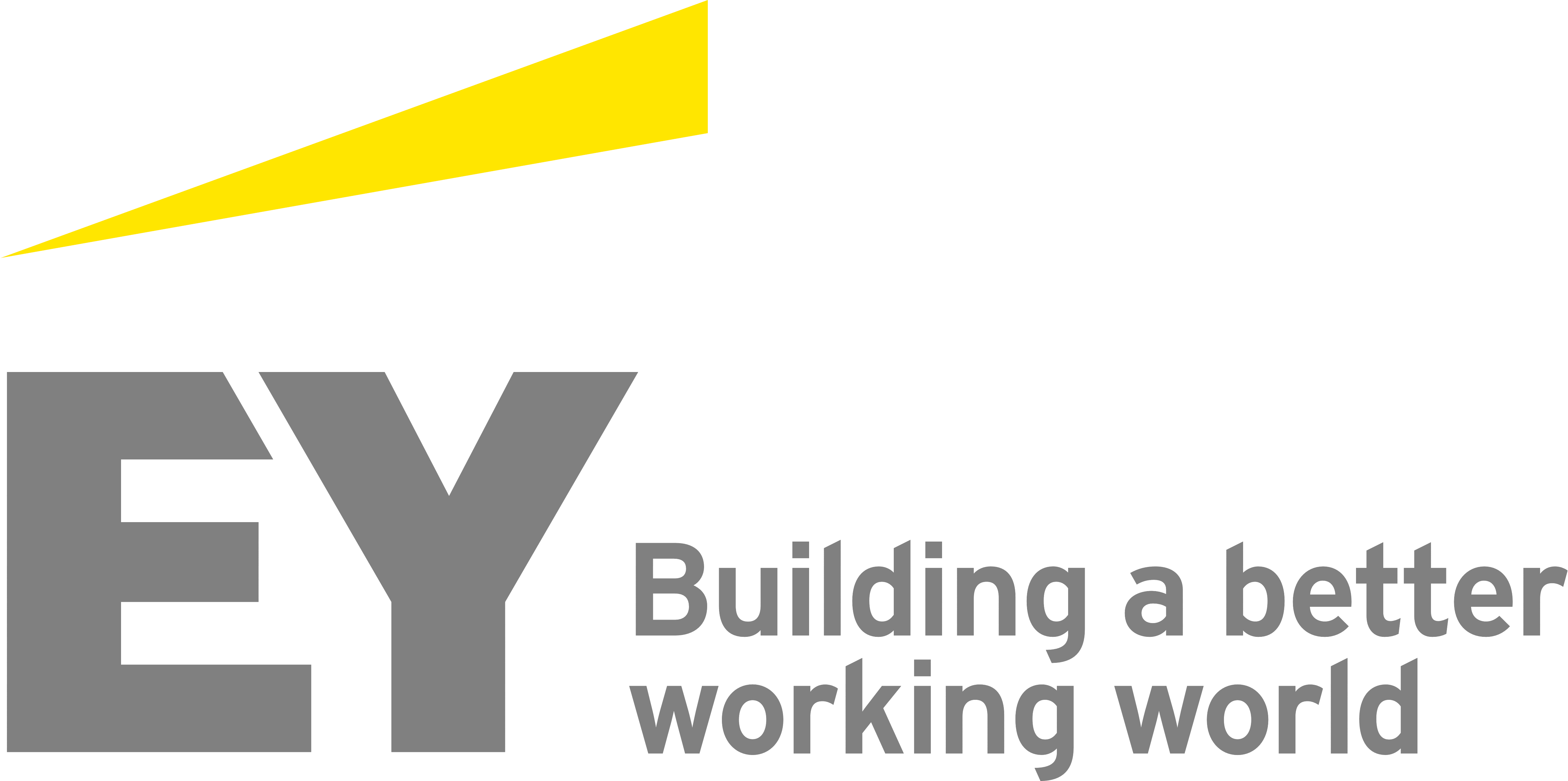What’s the best way to identify your next CEO?
Vele raden van bestuur falen in de keuze van de juiste CEO. Dat is nochtans een van hun belangrijkste en meest visibele strategische opdrachten. Wist je bijvoorbeeld dat 40 à 60% van de CEO-benoemingen al na amper 18 maanden mislukken? En dat dit niet zo zeer aan de CEO te wijten is maar wel aan de Raad van bestuur?
Deze ongemakkelijke waarheid domineerde een belangrijk deel van onze jaarlijkse DIRECTORS DAY op 29 november in het conferentiecentrum van BNP Paribas Fortis.
Juiste selectie volgende CEO geen eenvoudige taak
Je zou spontaan verwachten dat de productiviteit en de andere prestatie-indicatoren positief evolueren na de aanstelling van een nieuwe CEO. Maar het omgekeerde is evenzeer waar. Vaak moet de raad van bestuur na enige tijd ‘met rode kaken’ beslissen om die nieuwe en met veel bombarie aangekondigde CEO weer te ontslaan. Naast veel tijdverlies veroorzaakt dat natuurlijk een enorme financiële en menselijke kost: een groot waardeverlies voor het bedrijf, de werknemers, de omzet en de reputatie.
Stappenplan nodig
Professor Thomas Keil gaf met ondernemer Marianna Zangrillo een korte online “masterclass” : “Hoe maak je van de CEO-successie een succes?”
Zijn adviezen vatten we hier graag voor jou samen:

1. Bij een vacature heeft het geen enkele zin meteen een profiel uit te schrijven voor de nieuwe CEO (al dan niet gebaseerd op dat van de voorganger). Dat is echt de verkeerde maar helaas nog vaak gebruikte aanpak.
2. Hij stelt daarentegen dit concreet stappenplan voor:
- Ken uw cultuur en purpose.
- Vertrek van een grondige strategische diagnose.
- Bepaal op basis daarvan de opdracht of het CEO-mandaat. Dit beantwoordt de vraag: Welke macht mag de CEO hebben en waar zullen diens strategische prioriteiten liggen?
- Schrijf pas daarna een soort van daarbij passend competentieprofiel uit en start de zoektocht, intern of extern.
- Maak daar dan een continu proces van met onboarding, coaching, back-ups enz. Dat mag geen eenmalige oefening op papier zijn. Het is een constante opdracht om talent te blijven aantrekken en goede interne kandidaten te blijven identificeren.
3. Een grondige strategische diagnose van de raad van bestuur moet dus het CEO-mandaat en het profiel bepalen. Naargelang de omvang van de gewenste strategische verandering en van het gehanteerd tijdsperspectief zijn er voor de CEO dan grosso modo vier mogelijke opdrachten. We kunnen die presenteren in een eenvoudig kwadrant.

Wil je gewone verderzetting, wil je een verdere evolutie, wil je een totale ommekeer of wil je een transformatie? Elke van deze opdrachten vergt een specifiek profiel dat je soms intern en soms extern moet zoeken. Eens het juiste vakje bepaald voor de volgende CEO, is het profiel veel gemakkelijker uit te schrijven. Wie hierover meer wil weten raden we het boek aan.
“The Next CEO”
Professor Thomas Keil en ondernemer Marianna Zangrillo zijn de auteurs van "The Next CEO: Board and CEO Perspectives for Successful CEO Succession". In hun advieswerk over raden van bestuur, CEO-opvolging en leiderschapsteams slaan zij een brug tussen geavanceerde wetenschap en praktisch inzichten.
Foute veronderstellingen
Wout Van Impe, Global Partner en Country Manager voor MU in België, die na hen sprak, stelde dat we de jongste 50 jaar blijven vaststellen dat 40 tot 60% van de CEO-benoemingen mislukken in de eerste 18 maand. Hij toonde een overweldigende slide vol krantenkoppen over vroegtijdig gedumpte CEO’s: van Sporting Anderlecht over Ontex tot BPost. Echt geen fraai beeld…
Daarna trok hij dat basisidee open naar de consultancypraktijk want we hebben hier inderdaad een diversiteits- en performance probleem.
Raden van bestuur onderschatten het belang van de moeilijke noodzaak om te bepalen welk leiderschap ze nodig hebben. Wij allemaal hebben soms ‘rare’ ideeën over wat een goede leider is… Naast de discussies over interne opvolging versus executive search discussiëren ze over allerlei soorten leiderschap terwijl de stijl totaal irrelevant is om resultaten te halen.
Hij schetste bijvoorbeeld de karikatuur van het old boys network dat enerzijds een reeks aan op hen gelijkende kandidaten bevoordeelt en anderzijds andere objectief meer geschikte leiders botweg negeert. Zonder dat men over alle relevante informatie beschikt beslist men op basis van algemene maar verkeerde aannames of al te subjectieve beoordelingen van een assessor. Noch houden ze er rekening mee dat bijvoorbeeld ‘charisma’ geen enkele betekenisvolle impact heeft op de kwaliteit van het leiderschap. En ervaring draagt niet bij tot een betere intuïtie.
Echt leiderschap
“Als we leiders meer op competentie dan op zelfzekerheid zouden selecteren en meer op bescheidenheid dan op charisma dan zou de meer competente en meer vrouwelijke leiders hebben!”
Wout Van Impe bepleit een totaal andere aanpak in de CEO-selectie en -ontwikkeling. De context bepaalt alles en die moet je kennen en begrijpen. Voor elke context zijn er verschillende goede leiderschapstijlen. Naast de context moet ook duidelijk zijn welke resultaten je verwacht en wat de belangrijkste taken zijn van die functie. Maar je hoeft zeker niet te kiezen voor een bepaald soort leiderschap of te selecteren op specifieke persoonlijkheidskenmerken.
De beste selectiemethode is een soort interne stage gedurende een paar maanden. Dat is helaas weinig realistisch. Anderzijds moet je zeker vermijden dat je beslissingen beïnvloed worden door een of andere bias. Eigenlijk moet je beperken tot 3 à 5 zogenaamde essentiële “game changers” en dan vooral op die kenmerken selecteren. “De aanstelling van een CEO vergt veel meer rationeel denken. Vermijd alle mogelijke subjectieve mist of mythes in je rationeel beslissingsproces. Baseer je enkel op de feiten!”

Collectieve bevestiging
De persoonlijke getuigenissen in het afsluitende panelgesprek illustreerden de waarachtigheid van beide keynotes. Ze bereikten al gauw een consensus rond het belang van een systematisch en zelfs bijna wetenschappelijk proces om de volgende CEO aan te duiden. Maar ze gaven ook toe dat het bereiken van die strategische alignering of een consensus over de essentie in de praktijk toch niet zo eenvoudig is. “Je mag er ook nooit zo maar van uitgaan dat iedereen zo maar weet wat de strategie is.” De grootste (proces)verantwoordelijkheid ligt bij de voorzitter. Hij moet niet alleen een stevige tandem vormen met de CEO. Hij is ook de aangewezen persoon om ook de aandeelhouders zo veel mogelijk op één lijn te krijgen over wat kritisch en cruciaal is.










